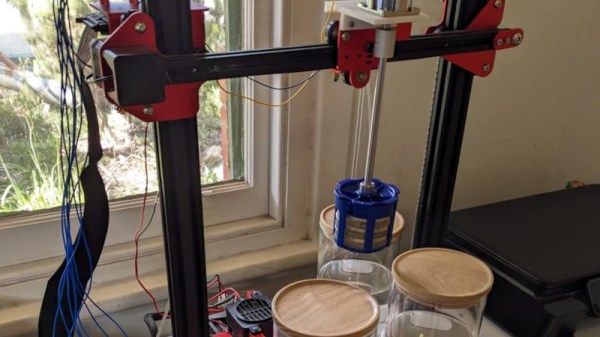What’s the worst thing about traditional Morse keyers? If you ask us, it’s the fact that you have to learn how to do two distinct things with one hand, and switch between them quite quickly and often.
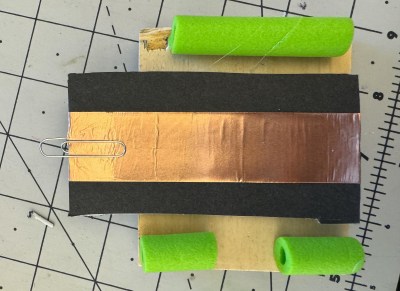 This set of Morse code foot pedals is meant for those who are unable to use traditional methods of keying. It uses a retrofitted wireless keyboard to read Z and X as dit and dah, respectively, and convert the Morse code into text.
This set of Morse code foot pedals is meant for those who are unable to use traditional methods of keying. It uses a retrofitted wireless keyboard to read Z and X as dit and dah, respectively, and convert the Morse code into text.
[Tevendale_Engineering] started by getting the controller out of the keyboard and figuring out which combination of pads sends Z and X. Then they wired those up with copper tape. The pedals themselves are made from 1/2″-thick wood, foam core board, and Nerf bullets to provide springiness.
There’s no solder here; it’s all copper tape and alligator clip test leads. So if this isn’t your hack for the day, we don’t know what is.
Not so great at Morse code? Here’s a clock that will train you on the numbers, at least.

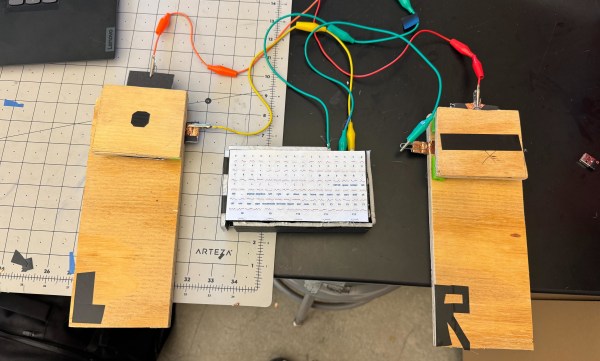


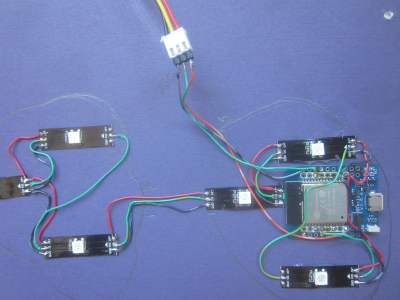


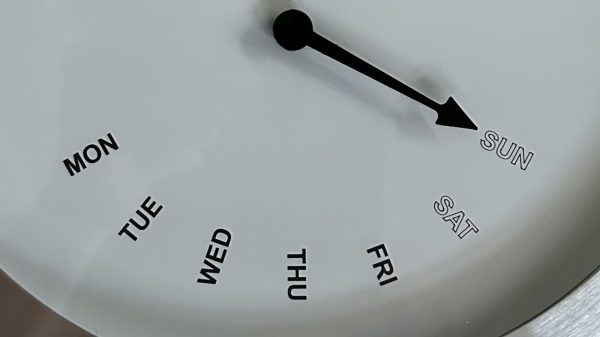
 The build uses a pair of stepper motors to control the hands, a simple choice for accurate and reliable motion control. A Microchip PIC18F24J50 serves as the brains of the operation, chosen for its built-in RTC module and the fact that it has plenty of IO for controlling stepper motors. The built-in RTC is programmed with calendar information for the next 100 years, so there is no need to adjust the clock for leap years on the regular. The top hand of the wall calendar is driven in an arc to show days of the month, from 1 to 31. The bottom hand similarly steps through the 7 days of the week. If you’re unfamiliar with the concept of retrograde hands, they’re simply hands that sweep in an arc instead of moving in a whole continuous circle.
The build uses a pair of stepper motors to control the hands, a simple choice for accurate and reliable motion control. A Microchip PIC18F24J50 serves as the brains of the operation, chosen for its built-in RTC module and the fact that it has plenty of IO for controlling stepper motors. The built-in RTC is programmed with calendar information for the next 100 years, so there is no need to adjust the clock for leap years on the regular. The top hand of the wall calendar is driven in an arc to show days of the month, from 1 to 31. The bottom hand similarly steps through the 7 days of the week. If you’re unfamiliar with the concept of retrograde hands, they’re simply hands that sweep in an arc instead of moving in a whole continuous circle.